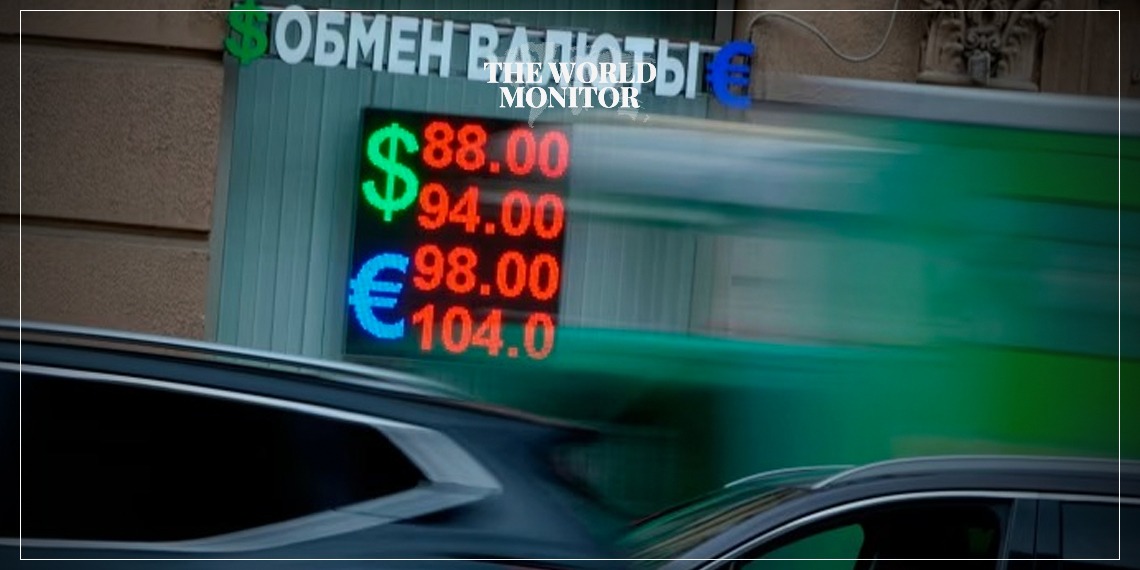New U.S. sanctions against Russia have led to the immediate suspension of dollar and euro trading on the Moscow Exchange, Russia’s main financial marketplace.
In response to the sanctions, both the exchange and the central bank released statements on Wednesday—a public holiday in Russia—within an hour of Washington’s announcement of new measures aimed at cutting financial support for Russia’s war efforts in Ukraine.
“Due to the introduction of restrictive measures by the United States against the Moscow Exchange Group, exchange trading and settlements of deliverable instruments in U.S. dollars and euros are suspended,” stated the central bank.
This suspension means that banks, companies, and investors can no longer trade these currencies via the central exchange, which offers benefits such as liquidity, clearing, and oversight.
Instead, trades will have to be conducted over-the-counter (OTC), where transactions occur directly between parties. The central bank will use OTC data to set official exchange rates.
Many Russians keep part of their savings in dollars or euros to protect against periodic crises that devalue the rouble. The central bank reassured citizens that their deposits in these currencies remain secure.
“Companies and individuals can continue to buy and sell U.S. dollars and euros through Russian banks. All funds in U.S. dollars and euros in the accounts and deposits of citizens and companies remain safe,” it added.
A representative from a large, non-sanctioned Russian commodities exporter told Reuters, “We don’t care, we have yuan. Getting dollars and euros in Russia is practically impossible.”
With Moscow fostering closer trade and political relations with Beijing, the Chinese yuan has surpassed the dollar as the most traded currency on MOEX, accounting for 53.6% of all foreign currency transactions in May.
Data from LSEG indicates that daily dollar-rouble trading on MOEX averages about 1 billion roubles ($11 million), while euro-rouble trading is around 300 million roubles. In contrast, daily yuan-rouble trading volumes now regularly exceed 8 billion roubles.






